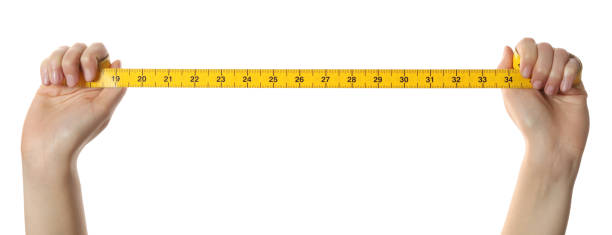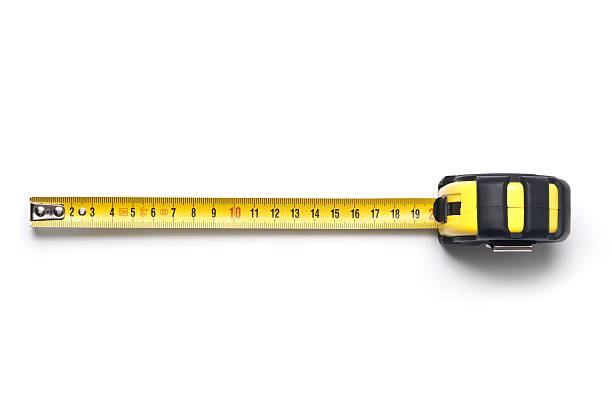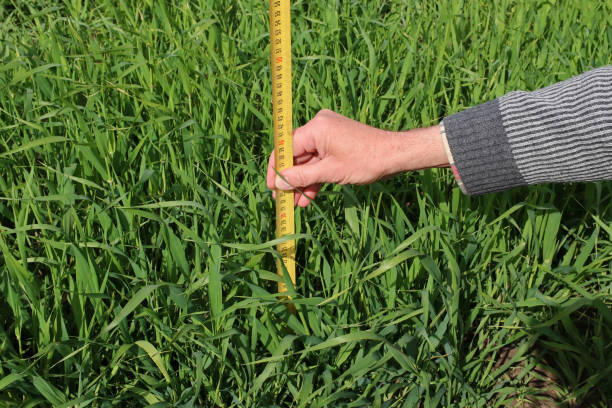A Meter is Longer than a Yard
This post contains affiliate links. This means I will make a commission at no extra cost to you should you click through and make a purchase. Read the full disclosure here.
In the realm of measurements, various systems have been developed over time. Two widely used systems are the metric system and the imperial system. These systems differ in their units of length, with the meter representing the metric system and the yard representing the imperial system. In this article, we will explore the relationship between meters and yards, shedding light on their lengths, conversion factors, historical background, and everyday examples. Let’s delve into the intriguing world of measurements and discover why a meter is longer than a yard.
Understanding Meters and Yards
Before we dive into the comparison, let’s gain a clear understanding of what meters and yards are. The meter is a unit of length in the metric system, while the yard is a unit of length in the imperial system. Both systems are widely used in different parts of the world, but they have distinct characteristics.
Conversion Factors
To comprehend the disparity between meters and yards, it’s crucial to be aware of the conversion factors between the two. Conversion factors allow us to express a value in one unit of measurement as an equivalent value in another unit. When converting meters to yards, we must remember that one meter is equal to approximately 1.094 yards.
The Length of a Meter
The meter is defined as the length of the path traveled by light in a vacuum during a specific time interval. It was originally conceptualized as one ten-millionth of the distance from the North Pole to the equator. The meter is the fundamental unit of length in the metric system, and it provides a reliable and consistent basis for measuring distances.
The Length of a Yard
In contrast to the meter, the yard has its origins in human history. It was traditionally defined as the distance from King Henry I’s nose to the tip of his outstretched arm. However, over time, the yard has been standardized as 0.9144 meters. While the yard is still used in some countries, it is primarily prevalent in the United States and a few other nations.
Comparing Meters and Yards
Now that we understand the individual lengths of meters and yards, let’s compare them. A meter is longer than a yard, with one meter exceeding one yard by approximately 0.094 meters or 3.28 inches. This difference may seem small, but it becomes more significant when considering larger distances. When measuring longer distances, the variance between meters and yards can accumulate and result in noticeable disparities.
Historical Background
The adoption of different systems of measurement reflects the historical contexts in which they emerged. The meter, introduced during the French Revolution in the late 18th century, aimed to provide a universal and decimal-based system of measurement. In contrast, the yard has its roots in ancient civilizations and the human-scale reference points used for practical measurement in daily life.
Metric System vs. Imperial System
The discrepancy between meters and yards stems from the larger contrast between the metric system and the imperial system. The metric system is based on powers of ten, offering a logical and consistent approach to measurement. On the other hand, the imperial system evolved from various historical units, leading to less uniformity and more complex conversion factors.
Everyday Examples
The variance between meters and yards is apparent in various everyday situations. For example, international athletic events, such as track and field competitions, use meters as the standard unit for measuring race distances. In contrast, in American football, the field dimensions are expressed in yards. These distinctions highlight the prevalence of specific measurement systems in different contexts.
Advantages and Disadvantages
Each system, metric and imperial, has its own set of advantages and disadvantages. The metric system provides simplicity, easy conversion between units, and global standardization. In contrast, the imperial system is familiar to certain regions, facilitating day-to-day communication and comprehension of measurements. However, the lack of standardization and complex conversion factors can pose challenges.
Conclusion
In conclusion, a meter is indeed longer than a yard. The discrepancy arises from the fundamental differences between the metric and imperial systems, their historical backgrounds, and the distinct lengths associated with each unit. Understanding these variations is essential for accurate measurement, effective communication, and seamless collaboration on a global scale. Embracing the diverse range of measurement systems enriches our knowledge and promotes a deeper understanding of the world around us.
FAQs
Can you provide a simple way to visualize the difference between a meter and a yard?
Sure! Imagine a standard-sized door. A meter is slightly longer than a yard, so if you measure the height of the door, it would be more than one yard but less than one meter.
Why does the United States still use yards instead of meters?
The United States has maintained the use of yards due to historical reasons and the familiarity of the imperial system. Changing to the metric system would require significant adjustments across various industries and sectors.
Is it easy to convert between meters and yards?
Converting between meters and yards is relatively straightforward. You can use the conversion factor of 1 meter equals approximately 1.094 yards or vice versa. There are also online converters and smartphone apps available for quick conversions.
Are there any other units in the metric system that are longer than a meter?
Yes, there are larger units in the metric system. For example, one kilometer is equal to 1,000 meters, and one mile is approximately 1.6 kilometers.
How does the difference between meters and yards impact international trade and collaboration?
The difference in measurement systems can sometimes lead to confusion or errors in international trade and collaboration. It is crucial to ensure accurate conversions and establish clear communication channels to overcome any potential challenges.













